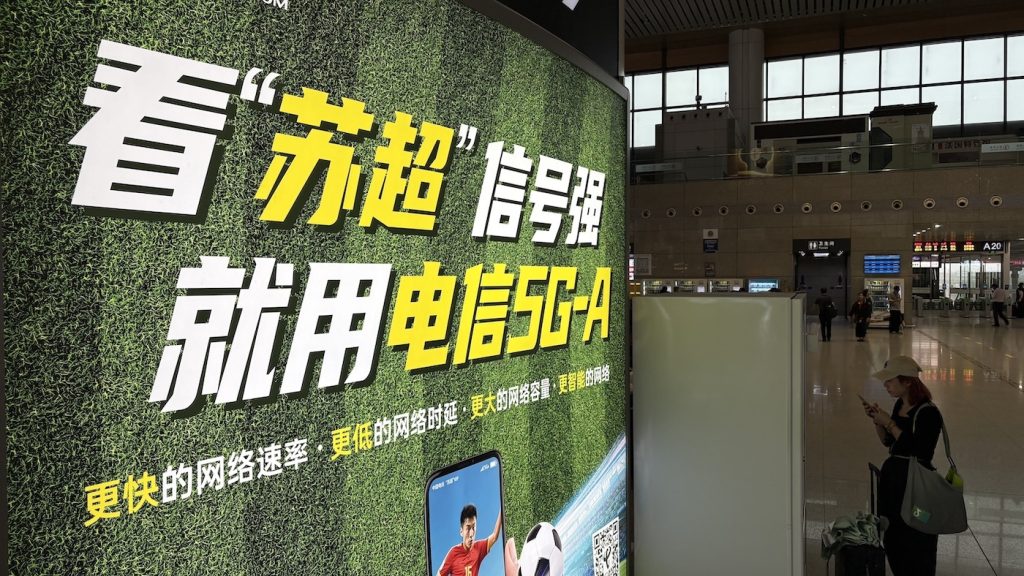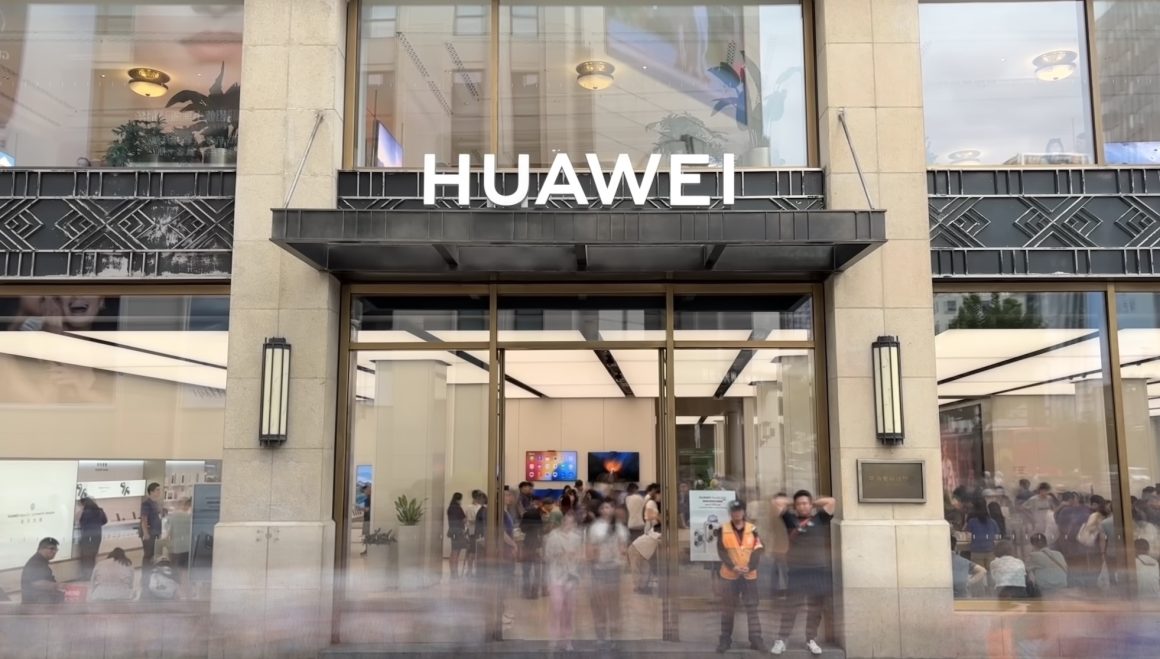Down the street, a human-like robot comes trotting towards me. “Good morning,” it says, after halting to a stop. “I’m an 5G-A-enabled robot working with my colleagues for a test. Welcome to Huawei.”
Years ago, that scene would have been featured in some futuristic video showcasing a vision for robots (or a Hollywood movie, for that matter). But it actually happened last week, at Huawei’s research and development centre in Shanghai during the company’s Analyst Talk event.
One Huawei host explained. “For the past one month, we’ve been looking and researching into the networks on how to cooperate with this robot to provide better connections and better experiences,” he said.
In another show, a robot dog greeted us, jumping back and forth, doing a handstand, and performing some other tricks. But do not be fooled: this good boy is already responsible for active security inspections of the research centre, generating around 4 TB of data a day, mostly videos uploaded in real time for a control room.
Both solutions use AI technologies and are connected over a 5G-Advanced network, in a demonstration that China is again gaining an edge over other nations when it comes to unleashing mobile capabilities.
Indeed, the tandem AI and 5G-Advanced sounded like a common trend throughout the event, held under the Chatham House Rule. “That’s where 5G-Advanced and AI come in,” one Huawei executive said. “Robots need to send huge amounts of data and require extreme low-latency.”
It goes beyond robots, however. According to another executive, cellular IoT in China has increased threefold in the past five years, from 1.03 billion connections to 2.84 billion.
This has enabled services such as smart cars, smart factories, wearables, sensors, logistics, and bike sharing, for example.
In fact, according to a GSMA survey published last April, countries in Asia Pacific have set up several priorities for using 5G-Advanced, the most common being:
- Enhanced multi-carrier operations (26%)
- 5G multicast (25%)
- Enhanced mobility (23%)
- Ambient IoT (19%)
- NTN integrations (19%)
Mobile AI: A New Driver for Industries
American consultancy McKinsey revealed that artificial intelligence adoption by businesses is climbing up globally. According to a comprehensive study launched in March, 78% of the respondents say that their organisations used AI in at least one business function in 2024, up from 55% in 2023.
In telecoms, the trend is similar. Consultancy Analysys Mason forecasts that operators will invest USD 77 billion in AI cloud infrastructure between 2025 and 2030, for example.
“Mobile AI is a new driver of industry development,” one Huawei executive said during the event. One of the real challenges, in their opinion, is turning AI more “human”, a task that demands efforts in two fronts: accurate images to work with and fast reaction.
To enable this type of experience with good results, according to this executive, there’s a need of 20mbps ubiquitous connection, with 160ms in uplink latency. On the other hand, an excellent experience would require 64mbps with uplink latency of 50ms.
“Things [mobile AI use cases] are at the beginning now, and we need to give it time to mature,” the executive said. “[We’ll start to see] Robots, for example, maybe in five to ten years.”
Until this day comes, though, operators work with that they have today. In Asia Pacific and the Middle East, adoption of 5G-Advanced is growing fast, with operators like Zain and STC in Kuwait, du in the United Arab Emirates, and China Mobile, China Telecom, and China Unicom already providing services in their countries.
As the image below shows, maybe watching your football game with 5G-Advanced at the railway station will become part of your routine soon enough.

TelcoForge attended the Analyst Talk in Shanghai by invitation of Huawei. This is not a sponsored article




